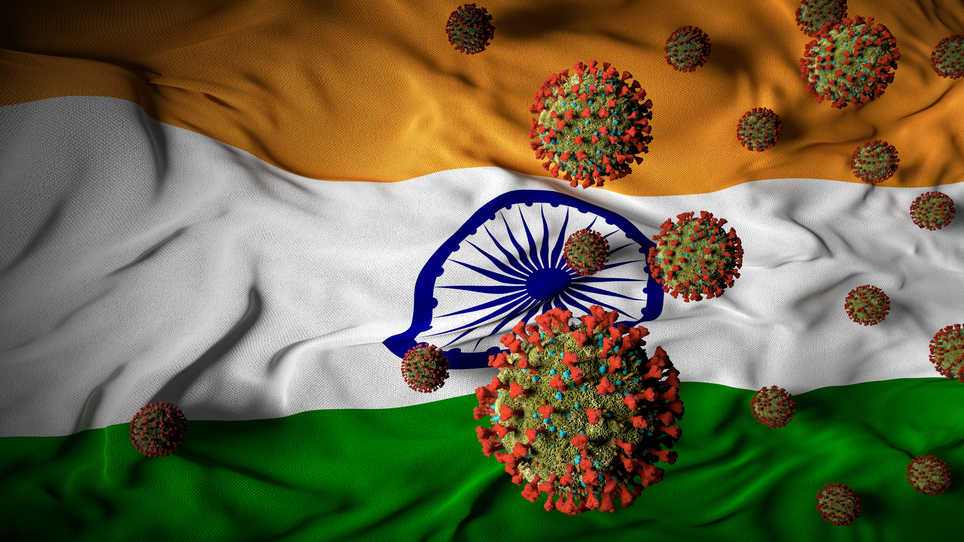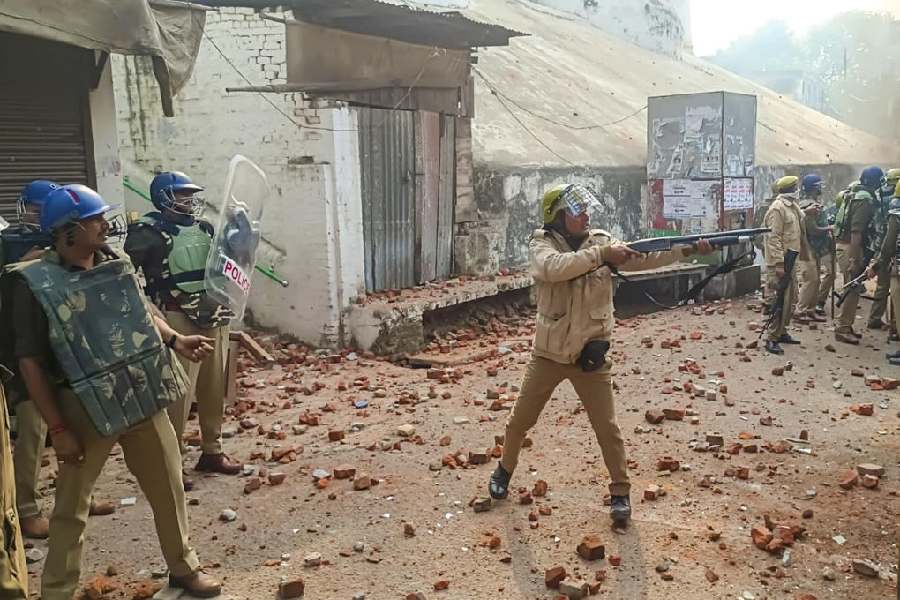In a recent report on the state of the economy, the Reserve Bank of India pointed out a number of early signs of economic recovery from the damages inflicted by the pandemic last year. These green shoots indicated the possibility of a healthy recovery. Indeed, this was the expectation of most international organizations like the World Bank and the International Monetary Fund. Most predictions about India’s growth rate for the current year were pegged at around 12 per cent. The usual caveats were added in the RBI’s report: not having a significant second wave, pushing the vaccination drive, and ramping up preparedness in health infrastructure. These would ensure that the economic recovery would be firm and stable. However, by the time the report was in the public domain, India had been caught in the midst of an unanticipated second wave of infections and a nightmarish strain on health facilities. The Centre was caught napping, revealing that nothing had been done since the lockdown of 2020 to improve India’s readiness to fight the inevitable second wave. It is now patently evident that the next two quarters will be very difficult for the economy.
It appears that this time round there will not be complete lockdowns of all non-essential economic activities. However, a large part of the services economy will be disrupted. The second wave has also created a terrifying fear that will affect consumers and producers for some time to come. This fear will engender a shortage-psychosis, starting from hospital beds, oxygen cylinders, vaccines and even food. This, in turn, will generate strong inflationary pressures as hoarding and panic-buying begin. A slowdown in output will occur too, although not perhaps as acute as the one in 2020. However, the return of confidence will take much longer this time. Little wonder then that beginning with the World Bank and the IMF most organizations are now scaling down India’s growth rate projections for 2021-22. Standard and Poor’s now has a long-term credit rating of ‘BBB’ for India — just one notch above junk. According to S&P, India’s economy has already lost 10 per cent of national income in terms of a long-term production deficit compared to its pre-pandemic level. The RBI’s caveats have come too little too late as the economy stares at supply disruptions, labour shortages and demand shrinkages.











